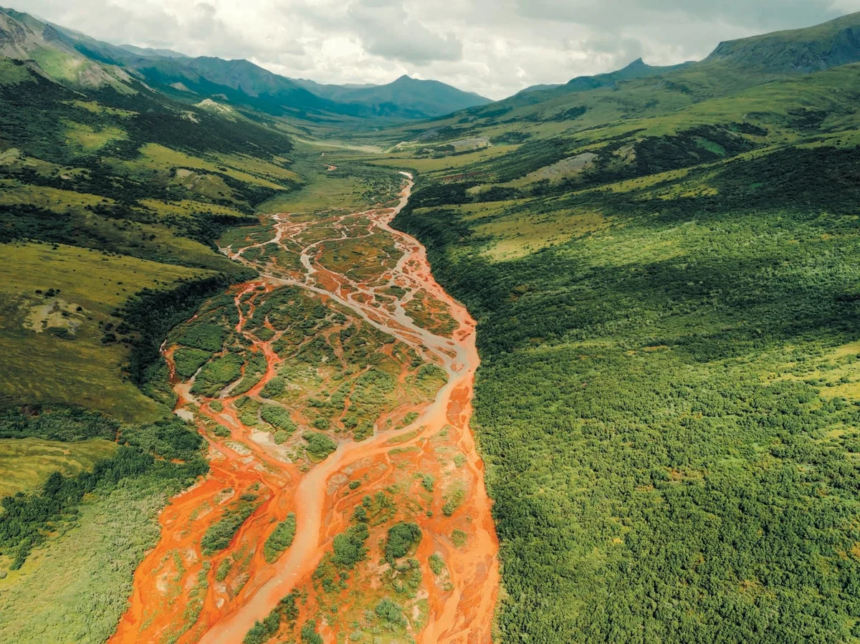Alaska’s Orange Rivers : Investigating Alaska’s rivers as they mysteriously transform orange with iron and sulfuric acid baffles scientists.
Overview of Alaska’s orange rivers
Alaska’s pristine wilderness, known for its untouched beauty and clear rivers, is facing a mysterious and alarming phenomenon. Streams and rivers, once renowned for their clarity, are turning an ominous shade of orange, raising concerns among scientists and environmentalists. This phenomenon, observed in multiple locations, including Kobuk Valley National Park and the Salmon River in Alaska, is attributed to a combination of factors linked to climate change and permafrost thawing.
ALSO READ : The End Of Dynasore : Unveiling The Mystery Of Their Extinction
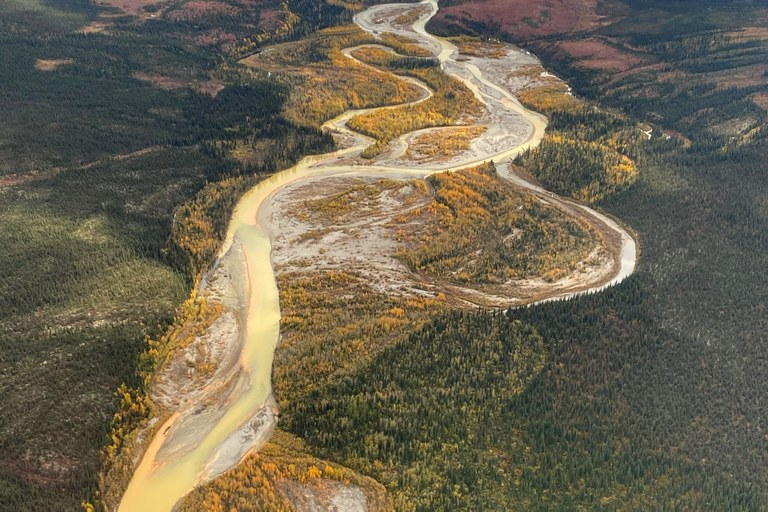
Alaska rivers: The disturbing discovery
Orange Rivers : Researchers and ecologists, including Patrick Sullivan from the University of Alaska Anchorage, have been monitoring the changes in these rivers. The streams exhibit characteristics indicative of pollution, with orange hues resembling carrot juice staining the streambed. Chemical analyses reveal extremely low dissolved oxygen, highly acidic pH levels, and elevated electrical conductivity, resembling industrial wastewater rather than the typical clean, mountain stream water. The Salmon River, once celebrated for its clarity and purity, is now being impacted, signaling a broader issue in the region.
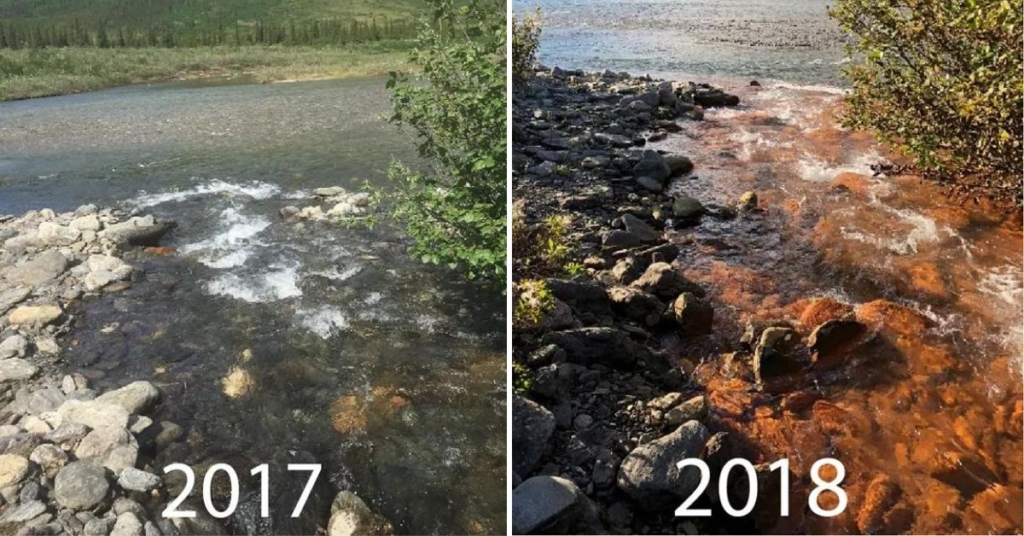
The impact of climate change
Orange Rivers : Scientists unanimously attribute the orange rivers to the consequences of climate change. Kobuk Valley National Park has experienced a temperature increase of 2.4 degrees Celsius since 2006, and projections indicate a potential rise of 10.2 degrees Celsius by 2100. This warming is causing the thawing of permafrost, the permanently frozen layer of soil beneath the surface. The increased temperatures have already led to the thawing of approximately 40% of the park’s permafrost, contributing to the transformation of the once-pristine rivers.
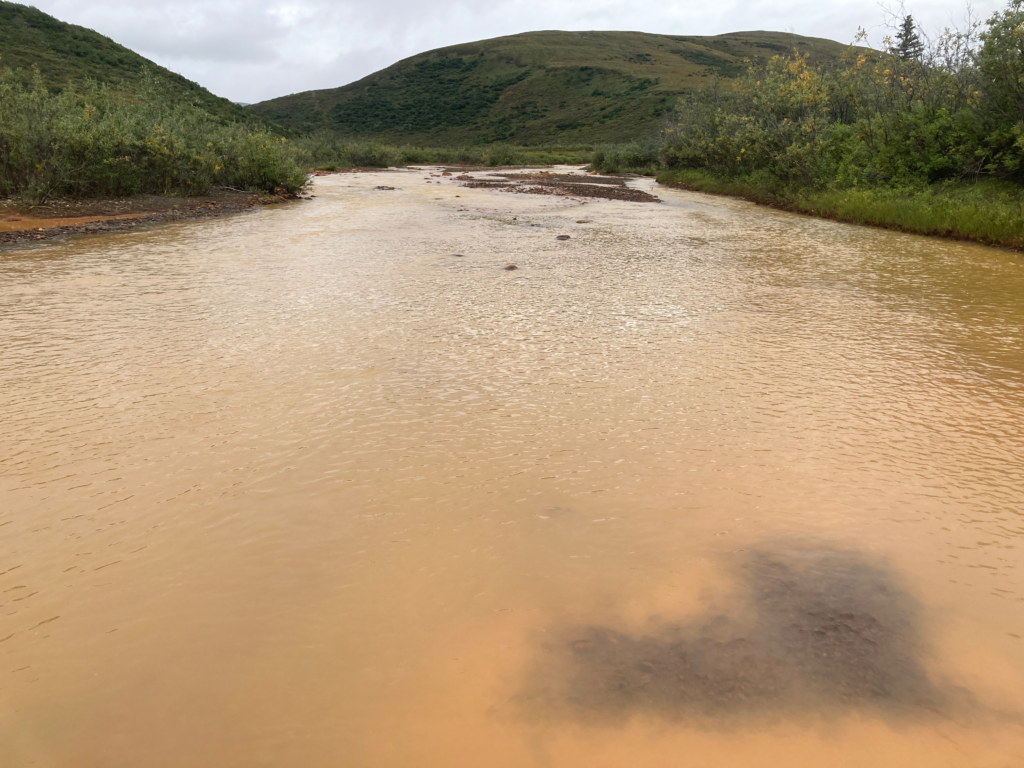
Two hypotheses: Acid-rock drainage vs. wetlands
Orange Rivers : The scientific community is actively exploring two main hypotheses to understand the mechanics behind the phenomenon. The first theory, known as the “acid-rock drainage hypothesis,” suggests that permafrost thaw is exposing sulfide minerals in the bedrock, leading to the formation of sulfuric acid and oxidized iron, giving the rivers their distinct orange color. The second hypothesis, termed the “wetlands hypothesis,” proposes that bacteria in the thawed soil are producing soluble iron, which, when carried into rivers, results in the orange staining.
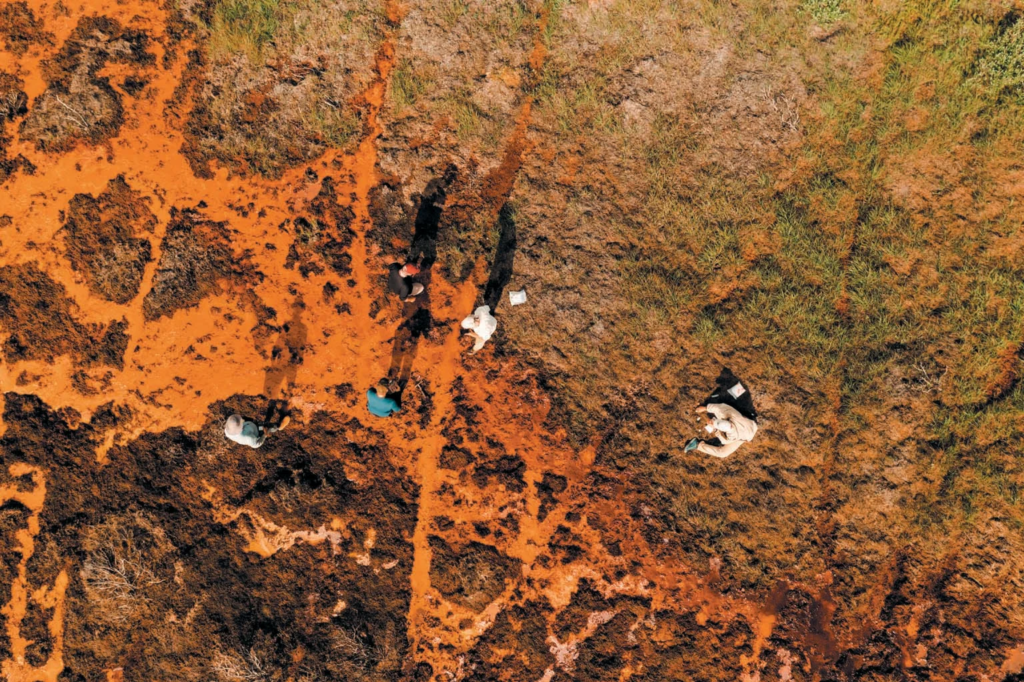
The wetlands hypothesis unveiled
Orange Rivers : Recent research, led by ecologist David Cooper of Colorado State University, has shed light on the wetlands hypothesis. Cooper suggests that the thawed permafrost allows bacteria to reduce oxidized iron in the soil, turning it into a soluble form. When this iron-rich water reaches oxygenated streams, it oxidizes again, forming rust and causing the orange discoloration. This hypothesis explains the peculiar odor of thawing permafrost, described as a mix of moldy towels and rotting vegetables.
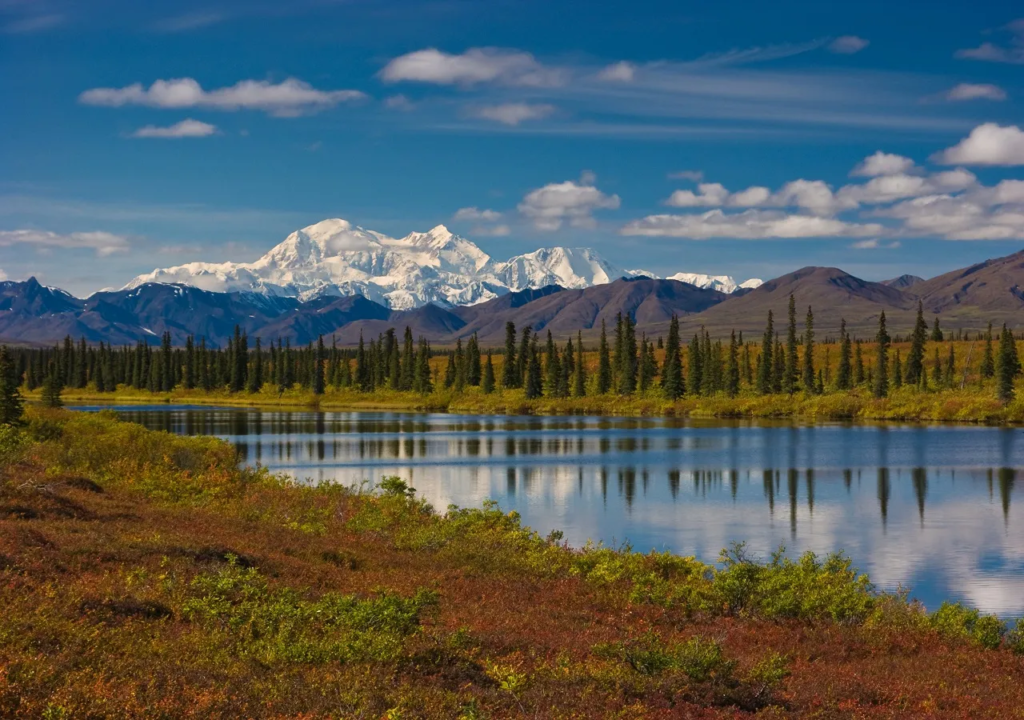
The acid-rock drainage hypothesis
Orange Rivers : Another perspective, offered by geochemist Timothy Lyons of the University of California, Riverside, focuses on the potential interaction of permafrost thaw with pyrite-rich shale in the bedrock. According to this hypothesis, the thaw lifts the icy lid off the bedrock, enabling oxygenated water to react with sulfide minerals, leading to the formation of sulfuric acid and oxidized iron.
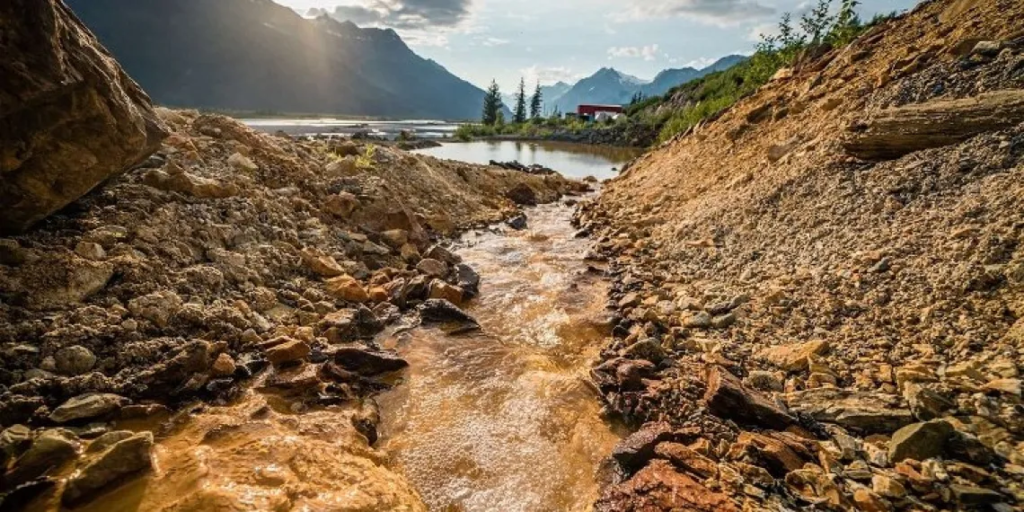
The ongoing research and concerns
Orange Rivers : To unravel the mystery, scientists embarked on a six-day expedition down the Salmon River, collecting water samples and studying various tributaries. The findings suggested that both hypotheses might be contributing to the phenomenon in different locations. As the rusting of rivers continues to spread across the Brooks Range, concerns rise for communities relying on these water sources for fishing and drinking, such as the Alaska Native villages in the western Brooks Range.
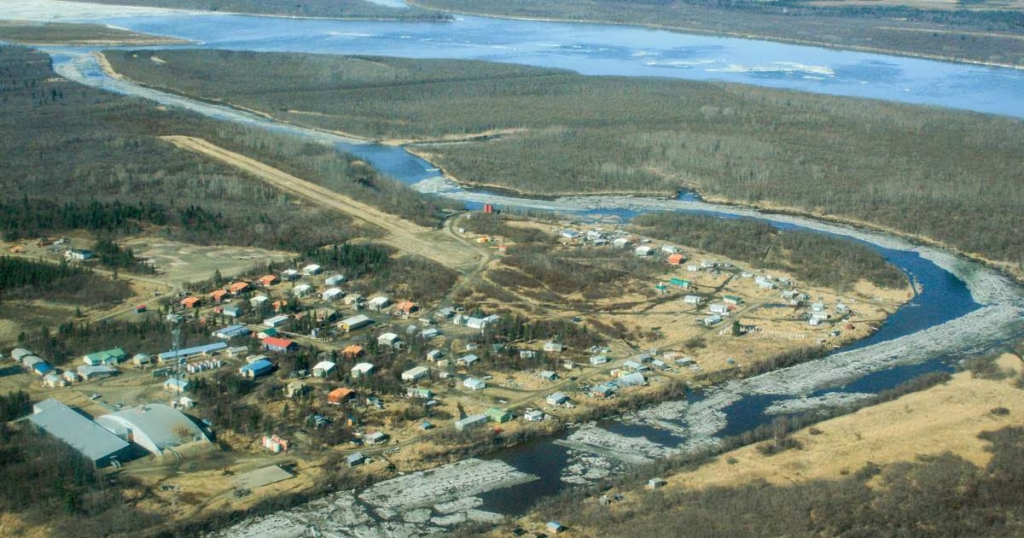
Implications for Kivalina and beyond
Orange Rivers : The potential ecological impact extends beyond the immediate environmental changes. The town of Kivalina, located at the mouth of the Wulik River, faces threats to its water quality and fish populations. Dolly Varden, a significant part of Kivalina’s culture and economy, may be among the first fish species affected by the rusting rivers. The altered water quality could have far-reaching consequences for the residents who rely on the river for sustenance.
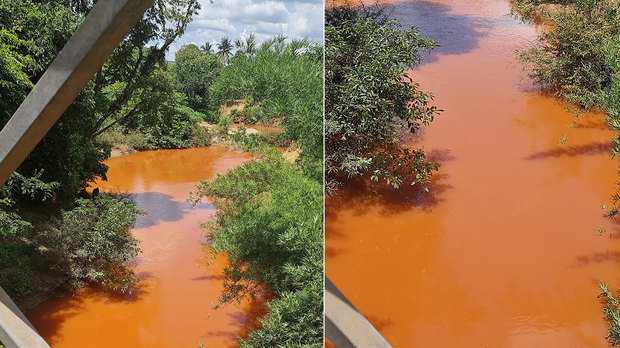
Conclusion
Orange Rivers : The orange rivers in Alaska serve as a poignant reminder of the far-reaching consequences of climate change. As scientists work diligently to understand the mechanisms behind this phenomenon, the urgency to address climate change and its impacts on fragile ecosystems becomes increasingly evident. The transformation of these once-pristine rivers underscores the interconnectedness of environmental processes and the delicate balance that sustains our planet’s diverse ecosystems.
To explore more news : Click Here
ALSO READ : Educational Renaissance Of Djibouti : Danane Campaign Leading The Charge For Children’s Empowerment







